Microchip ATMXT640UD Manual
Microchip
Ikke kategoriseret
ATMXT640UD
| Mærke: | Microchip |
| Kategori: | Ikke kategoriseret |
| Model: | ATMXT640UD |
Har du brug for hjælp?
Hvis du har brug for hjælp til Microchip ATMXT640UD stil et spørgsmål nedenfor, og andre brugere vil svare dig
Ikke kategoriseret Microchip Manualer
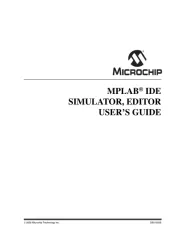
25 Oktober 2025
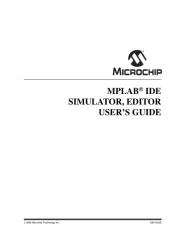
25 Oktober 2025
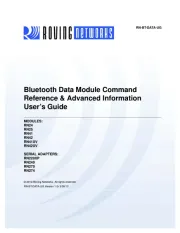
24 Oktober 2025
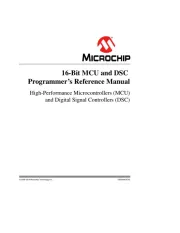
24 Oktober 2025
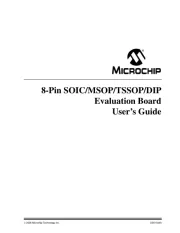
24 Oktober 2025
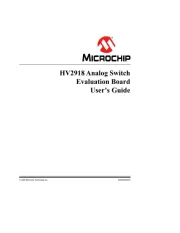
23 Oktober 2025
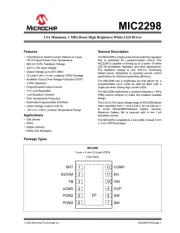
23 Oktober 2025
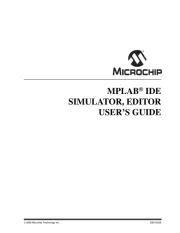
23 Oktober 2025
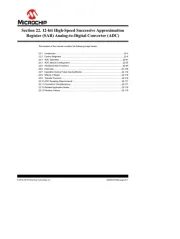
21 Oktober 2025
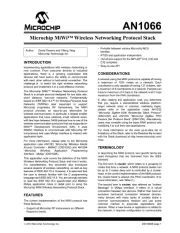
21 Oktober 2025
Ikke kategoriseret Manualer
- Bayco
- AstrHori
- AVPro Edge
- Giardino
- Coravin
- Keurig
- Basetech
- Rane
- Neff
- Galanz
- Legends
- Hive
- Metro Therm
- Lanzar
- Megasat
Nyeste Ikke kategoriseret Manualer
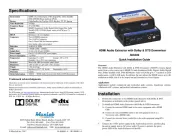
5 November 2025
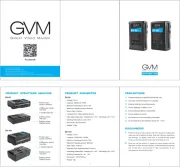
5 November 2025

5 November 2025

5 November 2025

5 November 2025
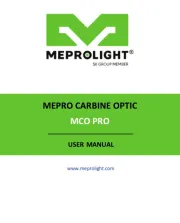
5 November 2025

5 November 2025

5 November 2025
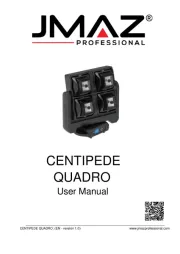
5 November 2025

5 November 2025
